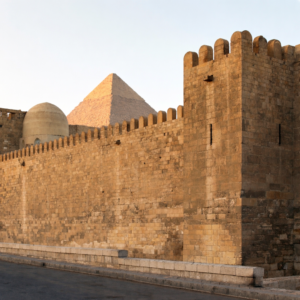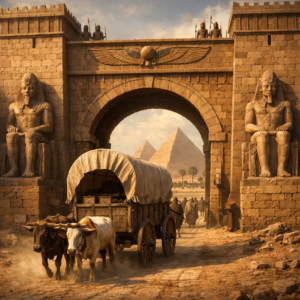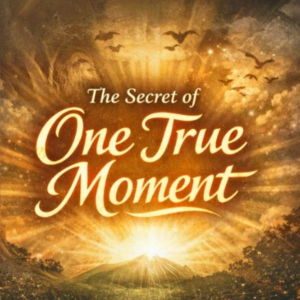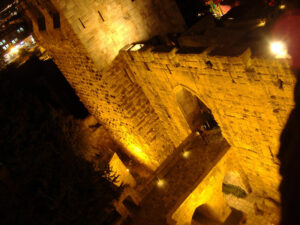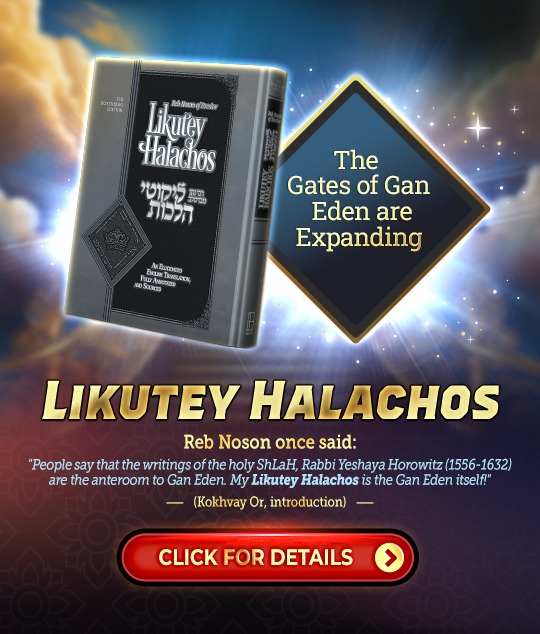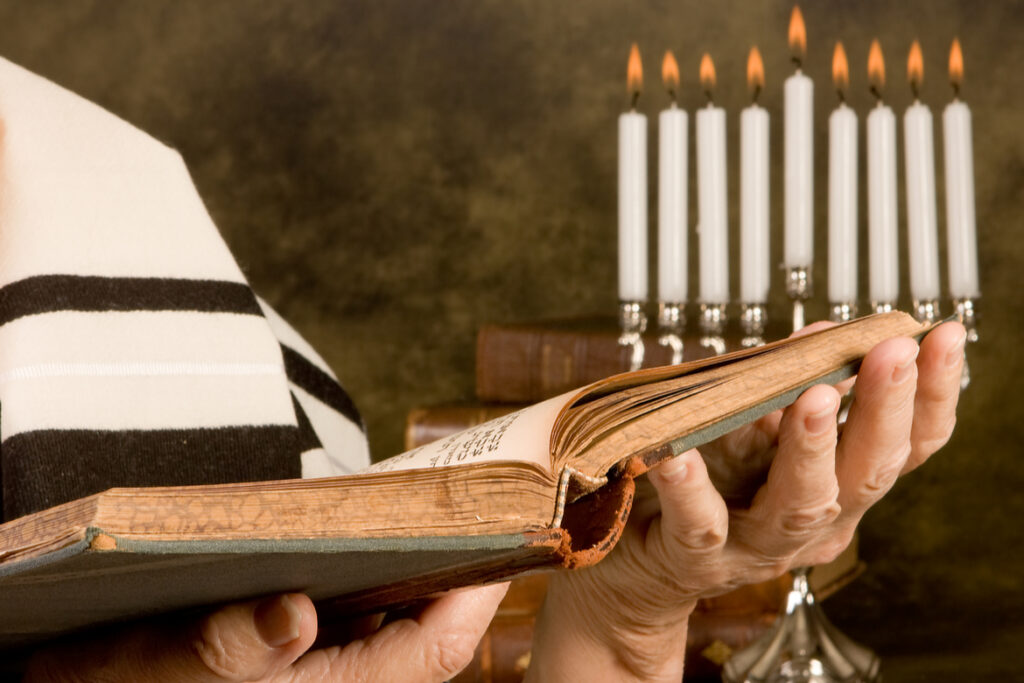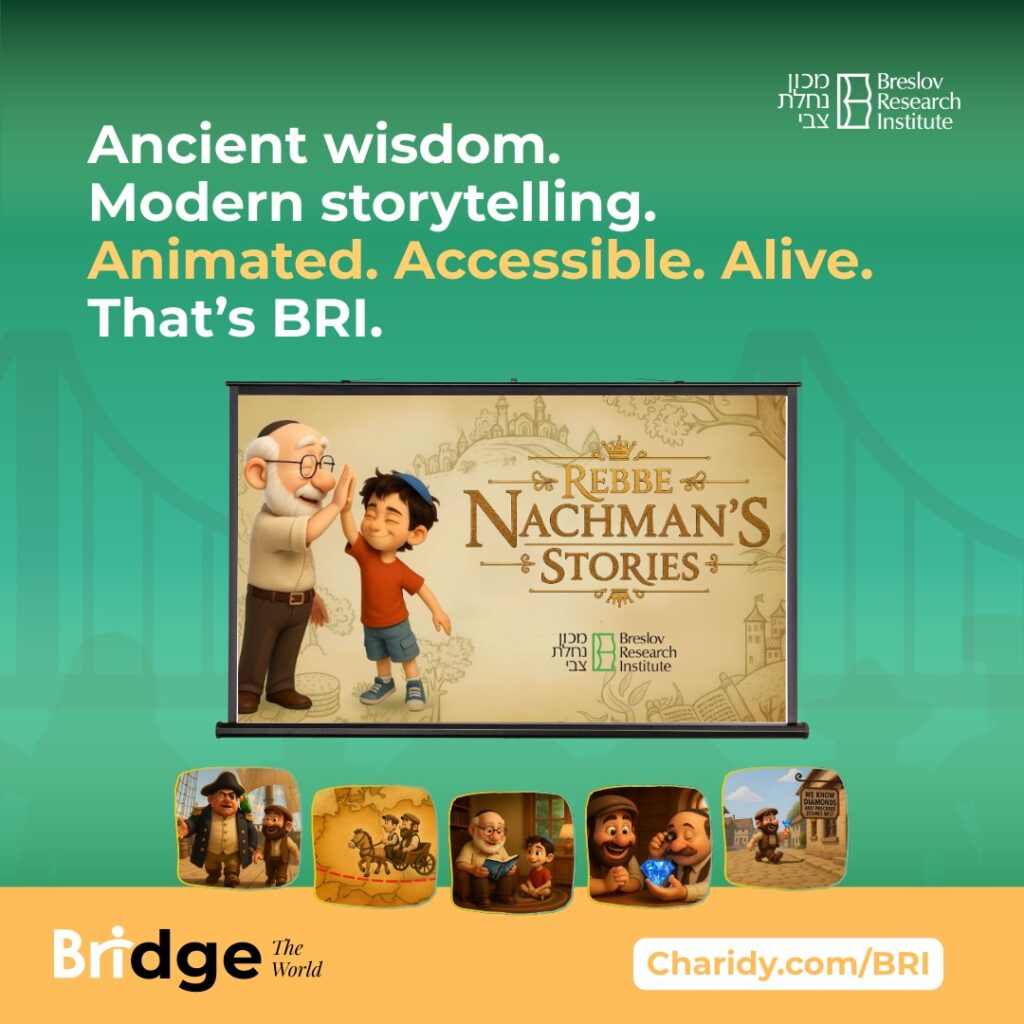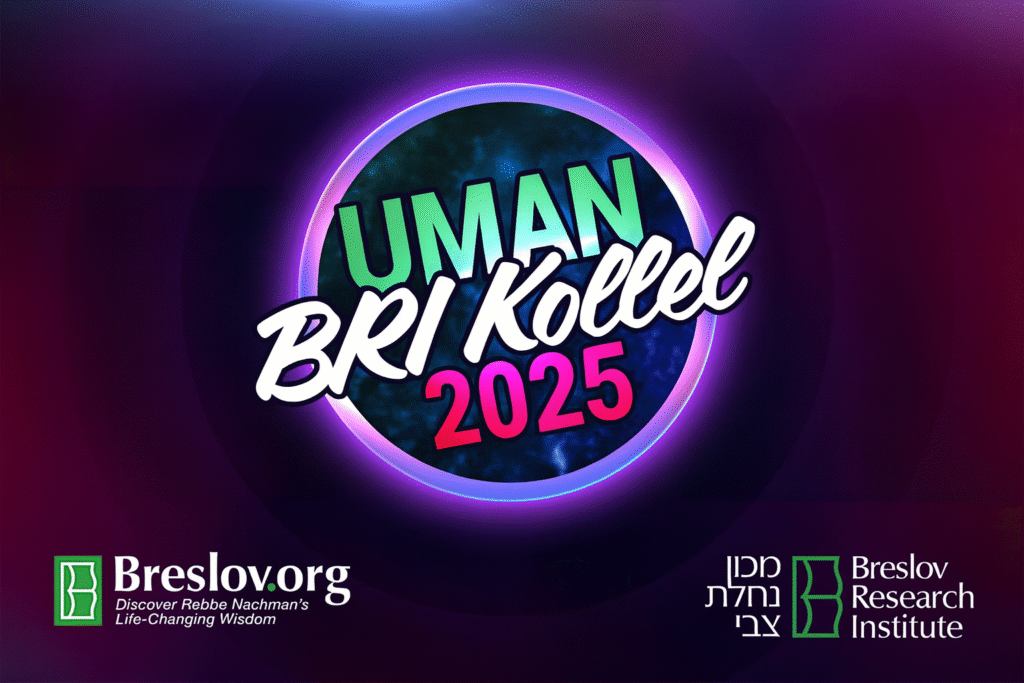Olam Haba
ADAPTED FROM HIS AUDIO SHIUR ON EIN YAAKOV LESSON 124A – SANHEDRIN 90
Tisha B’Av
Parshas Devarim, always read before Tisha B’Av, sets the tone for one of the most emotionally charged times of the Jewish year. As Moshe Rabbeinu begins his final speeches to the nation, he leads them through a journey of remembrance—revisiting their struggles,
failures, and triumphs in the wilderness. But this isn’t merely a historical review—it’s a spiritual preparation. Just as Moshe stood with the people on the threshold of entering Eretz Yisrael, so too are we—every generation—standing at the edge of the Geulah, the final redemption.
Every Jew Has a Part in Olam Haba
The last perek in Maseches Sanhedrin, Perek Chelek, begins with a very famous sentence. This sentence is repeated before every chapter in Pirkei Avos, the Mishnah we learn during the summer months. The first line reads: “Kol Yisrael yesh lahem chelek l’Olam Haba”— Every Jew has a portion in the World to Come. Shene’emar: “Ve’ameich kulam tzaddikim…”— Your nation, all of them, are tzaddikim.
How can every Jew have a portion in Olam Haba? Because Yeshayahu HaNavi says that all of Klal Yisrael are tzaddikim. Hashem created Olam Haba for tzaddikim, and since all Jews are tzaddikim, they all have a rightful place. “Le’olam yirshu aretz, neitzer mata’ai, ma’asei yadai le’hispa’er”—They shall inherit the land forever, the branch of My planting, the work of My hands in which I take pride.
The First Hereafter: Gan Eden
This first stage of Olam Haba is what we call Gan Eden. Every Jew, even one who sinned, has two separate accounts: one for his aveiros and one for his mitzvos. When the neshamah comes before the Beis Din shel Maalah, the Heavenly Court, the first account settled is the payment for sins.
Only afterward is the neshamah considered pure and allowed to join the other tzaddikim in Gan Eden. Some go through a difficult process to arrive there, and some go directly—but every Jew has a portion. This is the first hereafter—what happens after death. But it’s only one part.
The Second Hereafter: Techiyas HaMeisim
The second stage is known as Techiyas HaMeisim—the resurrection of the dead. At this point, even those who are already in Gan Eden will rise one level higher. In Gan Eden, the reward is only for the neshamah. But with techiyas hameisim, the body itself will be resurrected, reunited with the neshamah. Those bodies that were buried and seemed to disappear will return in their full physical form and be restored to life. This is the second stage of the World to Come. Gan Eden and techiyas hameisim go together. All who merit Gan Eden will eventually rise at techiyas hameisim. So when we say a Jew has a chelek in Olam Haba, we mean both stages: his neshamah in Gan Eden, and his body and soul reunited in techiyas hameisim.
The Third Hereafter: Le’asid Lavo
The third and most exalted stage is what we call Le’asid Lavo—the future that is yet to come. This is after Gan Eden and after techiyas hameisim. Even after those two stages, there will be a final, more refined level. At that time, Hashem will be mechadeish olamo—He will renew all of creation. At that point, even those who were already purified for Gan Eden and techiyas hameisim will face a new judgment. There will be another birur—a final weeding out to see who truly deserves to exist in that ultimate world of eternal closeness to Hashem.
Rebbbe Nachman’s Promise
It’s here that we must mention something powerful—something spine-tingling. Rebbe Nachman made a statement that should shake a person to the core. Tosafos writes that even a tzaddik who went to Gan Eden may not be guaranteed a place in the final Le’asid Lavo. The standards for that final stage are so high, so exacting, that no one can be sure they will pass. But Rebbe Nachman said clearly: Whoever is connected to the Tzaddik Emes, whoever follows his advice—especially hisbodedus and emunah peshutah—has a guarantee. Not just Gan Eden. Not just techiyas hameisim. But also Le’asid Lavo. That’s an incredible statement. It gives a person the greatest hischazkus, the greatest encouragement, that if he is connected to the Tzaddik Emes—he has something to hold onto. He has a future that is assured.
- 0 comment

